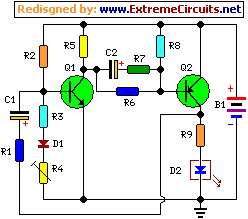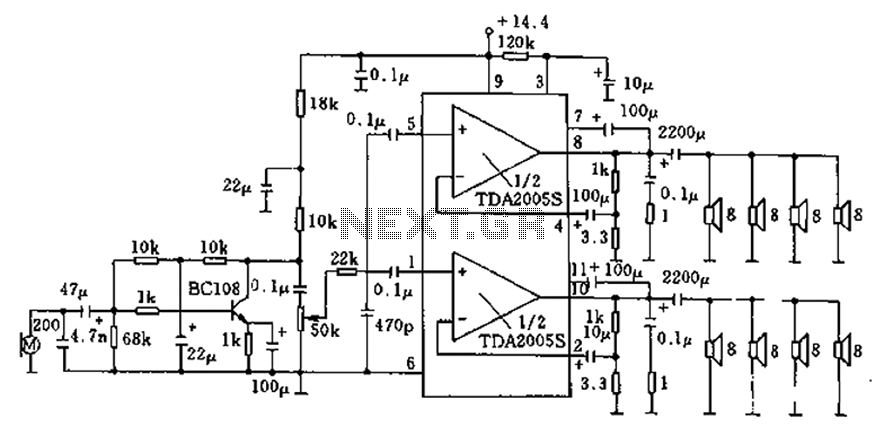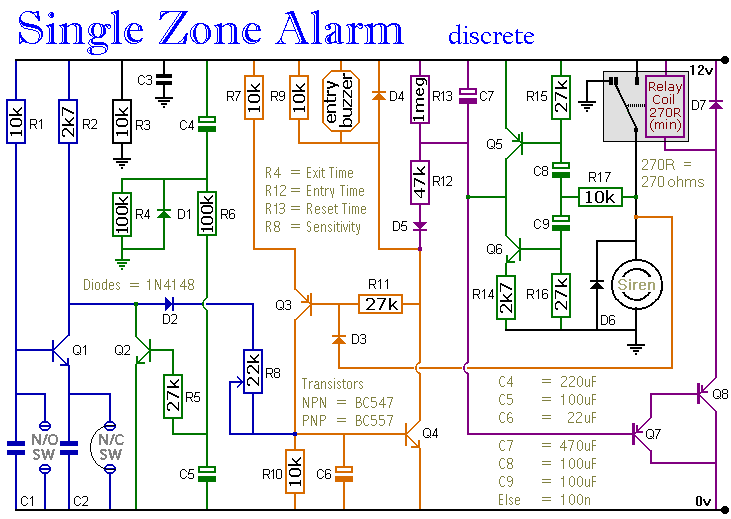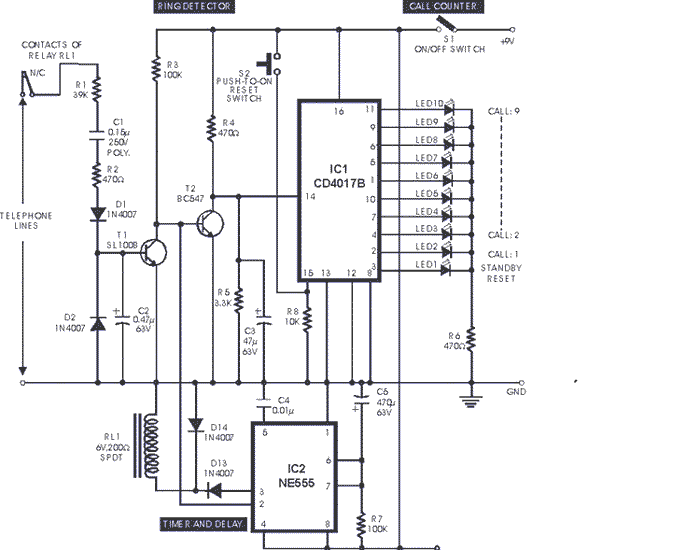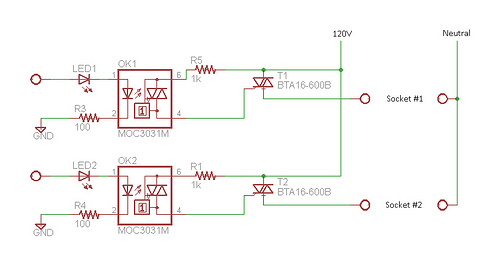
Shutdown Circuit Circuit

Many modern devices have shutdown circuits that are designed to remove power from the device when the voltage rises above a predetermined threshold. This circuit blows a fuse to protect the device under power.
Shutdown circuits are critical components in modern electronic devices, providing essential protection against overvoltage conditions. These circuits are typically designed to monitor the voltage levels supplied to the device. When the voltage exceeds a specified threshold, the shutdown circuit activates a protective mechanism, which is commonly implemented through a fuse.
The fuse serves as a sacrificial element that interrupts the power supply, effectively disconnecting the device from the voltage source. This action prevents potential damage to sensitive electronic components that may occur due to excess voltage.
In practical applications, the shutdown circuit may include voltage sensing components, such as zener diodes or voltage comparators, which continuously monitor the input voltage. Upon detecting an overvoltage condition, a control signal is generated to trigger the fuse. The fuse can be a traditional thermal fuse or a resettable fuse, depending on the design requirements and the specific application of the device.
Moreover, the integration of additional features, such as indicator LEDs or alarms, can enhance the functionality of the shutdown circuit by providing visual or audible alerts when the fuse has blown. This allows for timely intervention and maintenance, ensuring the longevity and reliability of the device.
Overall, the shutdown circuit is an essential safety feature in electronic devices, safeguarding them against potentially damaging voltage spikes while ensuring continued operation within safe limits. Many modern devices have shutdown circuits that are designed to remove power from the device under power when the voltage rises above a predetermined threshold. This one blows a fuse to protect the device under power.
Shutdown circuits are critical components in modern electronic devices, providing essential protection against overvoltage conditions. These circuits are typically designed to monitor the voltage levels supplied to the device. When the voltage exceeds a specified threshold, the shutdown circuit activates a protective mechanism, which is commonly implemented through a fuse.
The fuse serves as a sacrificial element that interrupts the power supply, effectively disconnecting the device from the voltage source. This action prevents potential damage to sensitive electronic components that may occur due to excess voltage.
In practical applications, the shutdown circuit may include voltage sensing components, such as zener diodes or voltage comparators, which continuously monitor the input voltage. Upon detecting an overvoltage condition, a control signal is generated to trigger the fuse. The fuse can be a traditional thermal fuse or a resettable fuse, depending on the design requirements and the specific application of the device.
Moreover, the integration of additional features, such as indicator LEDs or alarms, can enhance the functionality of the shutdown circuit by providing visual or audible alerts when the fuse has blown. This allows for timely intervention and maintenance, ensuring the longevity and reliability of the device.
Overall, the shutdown circuit is an essential safety feature in electronic devices, safeguarding them against potentially damaging voltage spikes while ensuring continued operation within safe limits. Many modern devices have shutdown circuits that are designed to remove power from the device under power when the voltage rises above a predetermined threshold. This one blows a fuse to protect the device under power.
